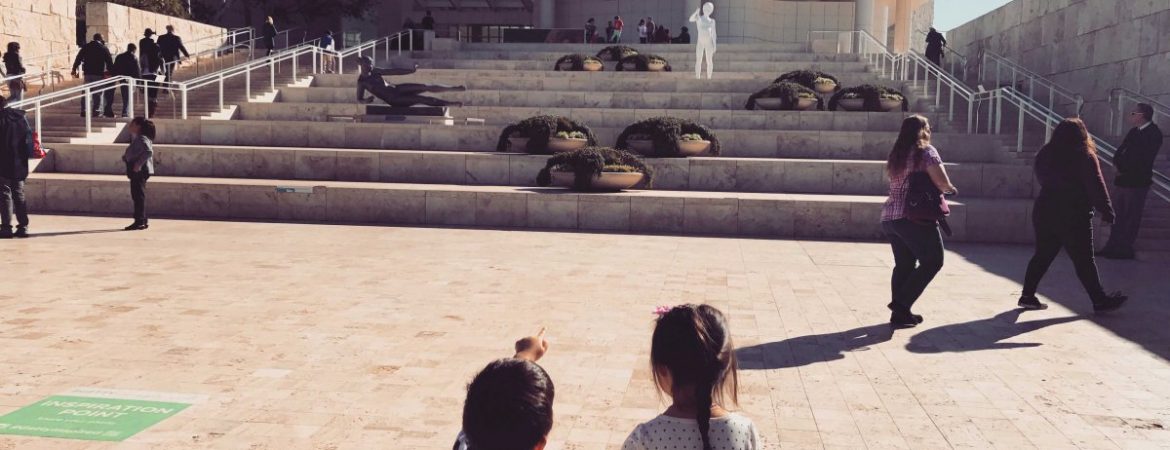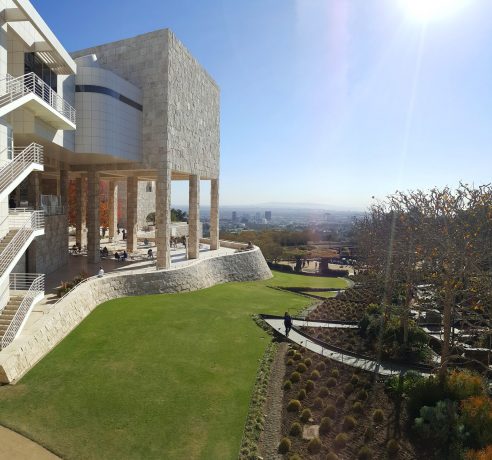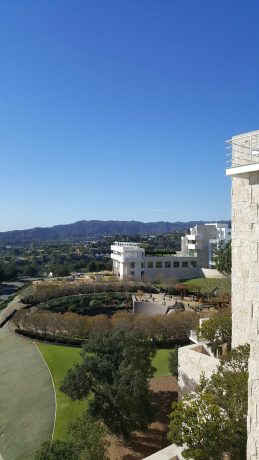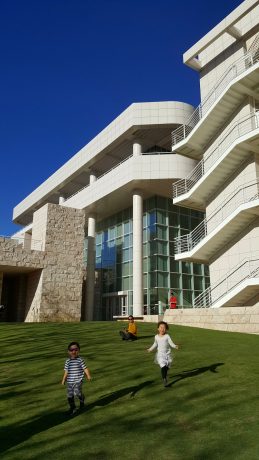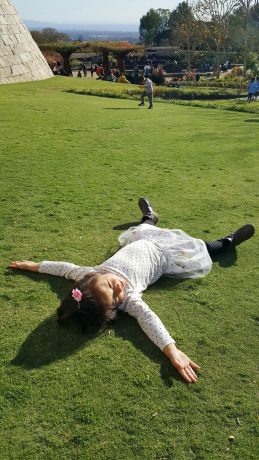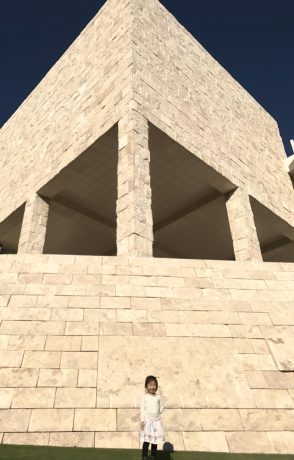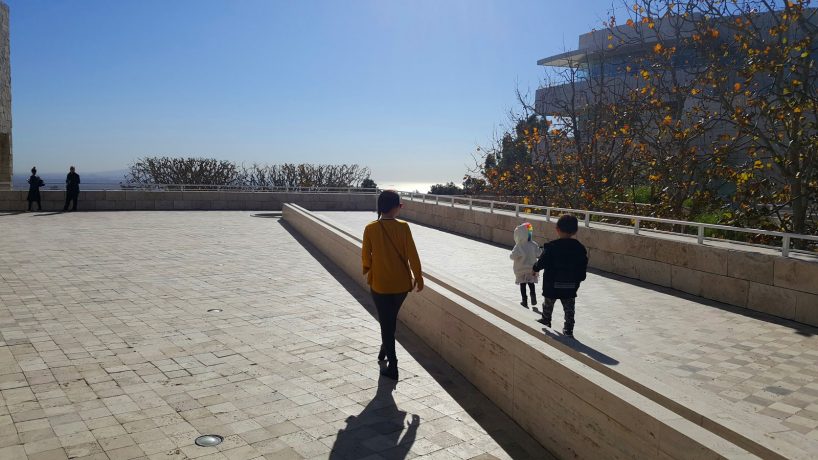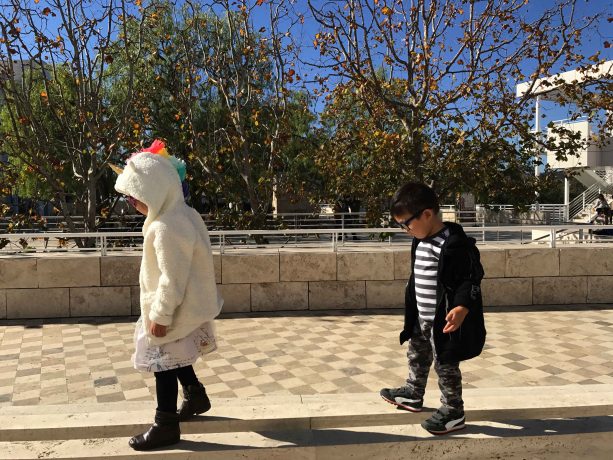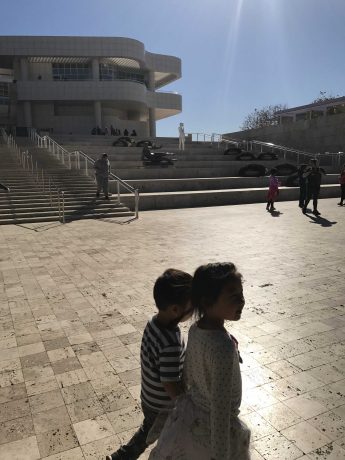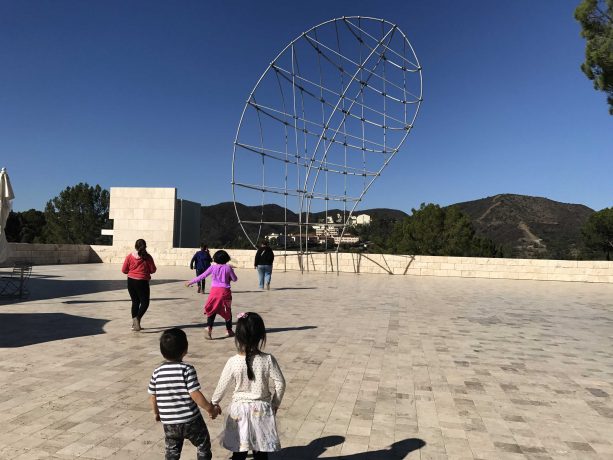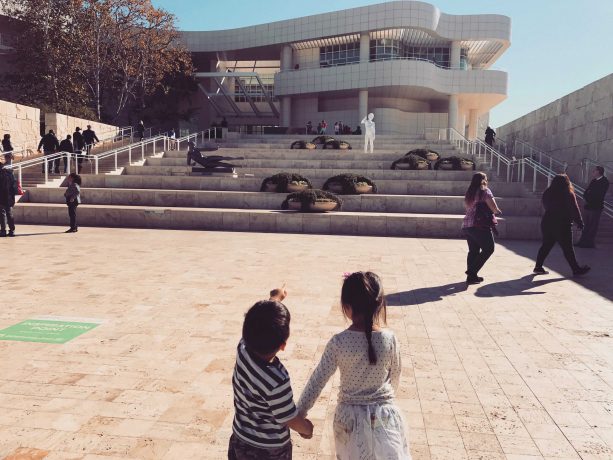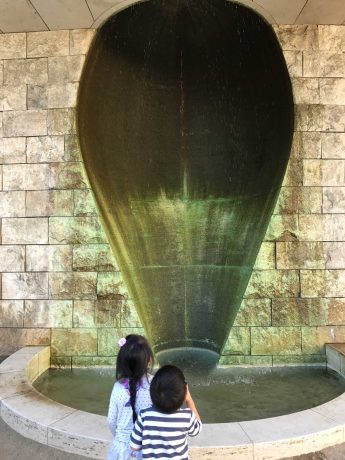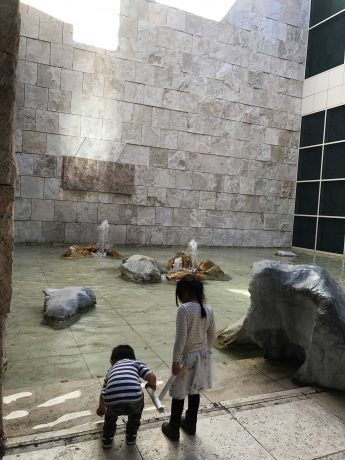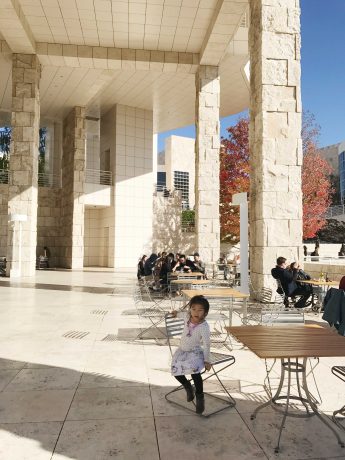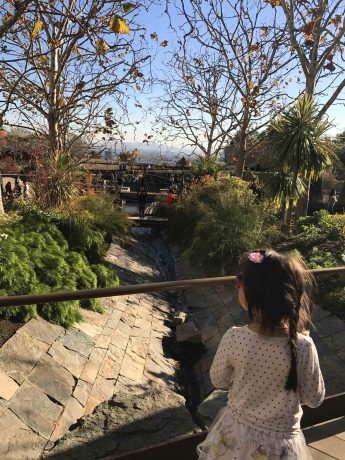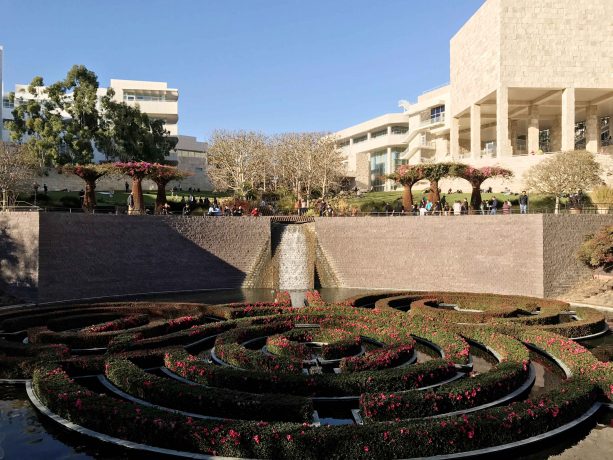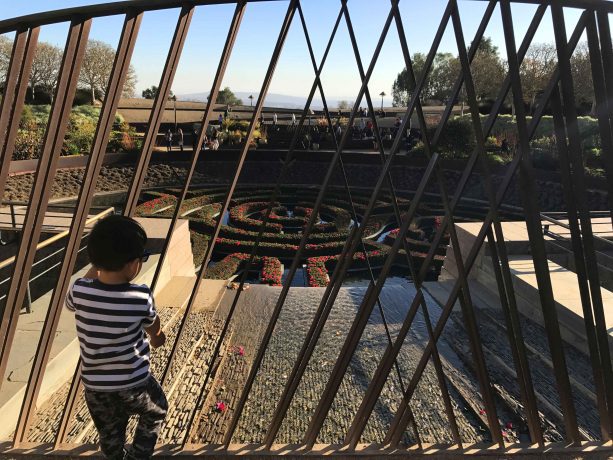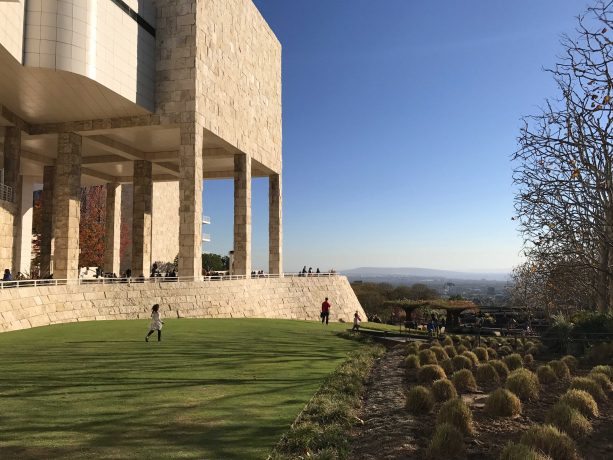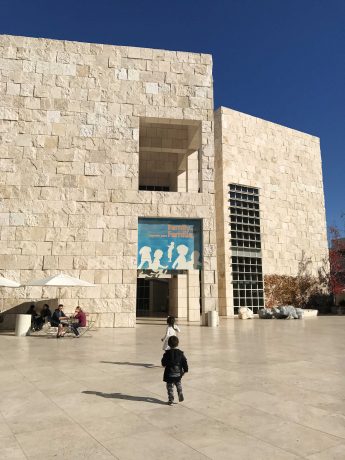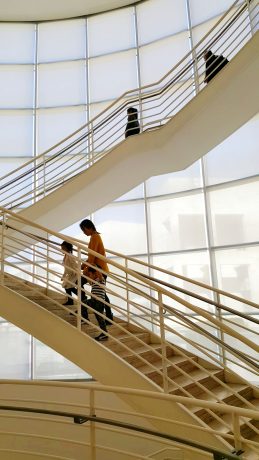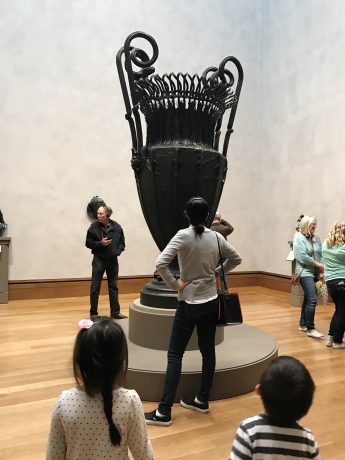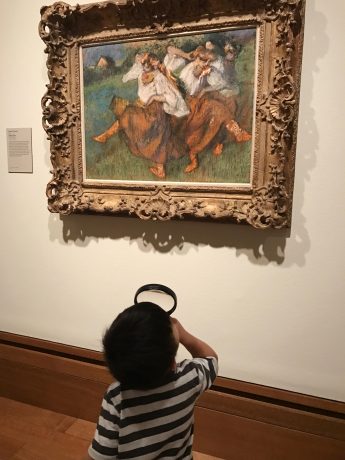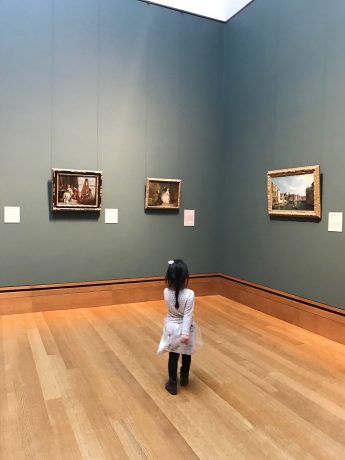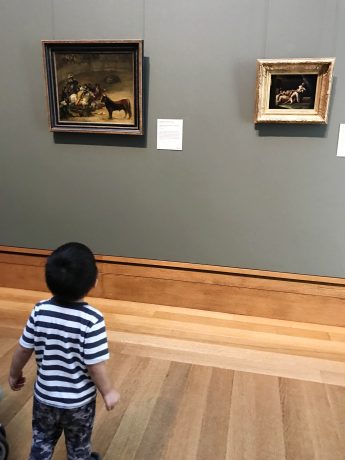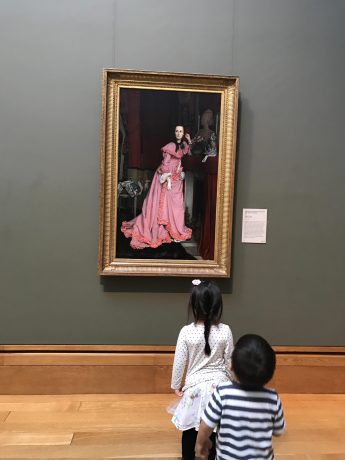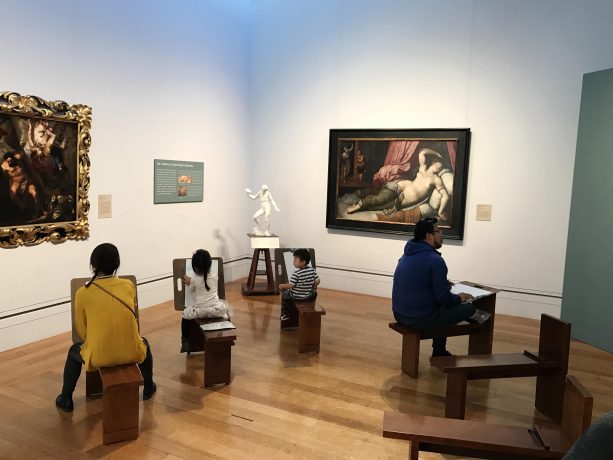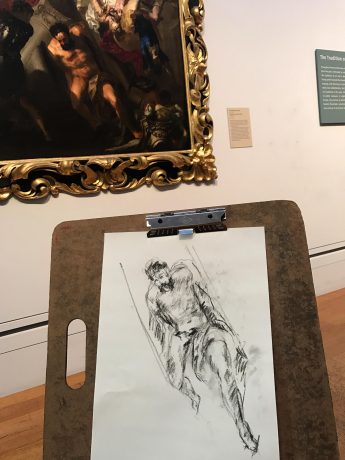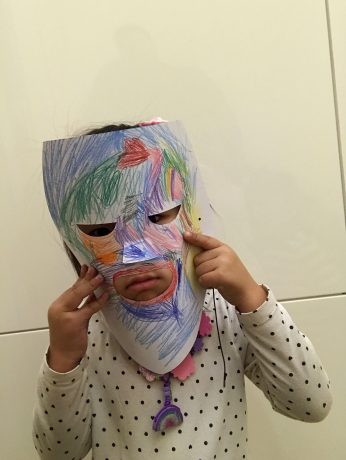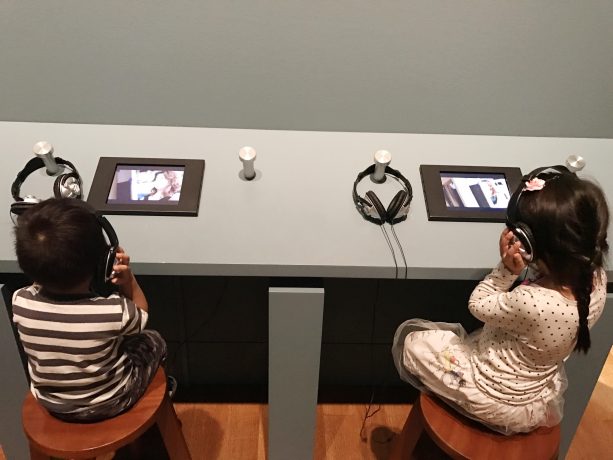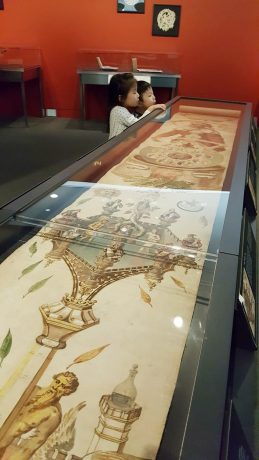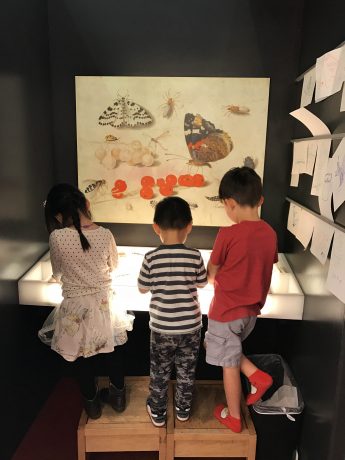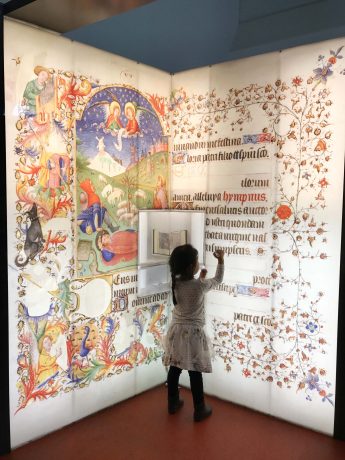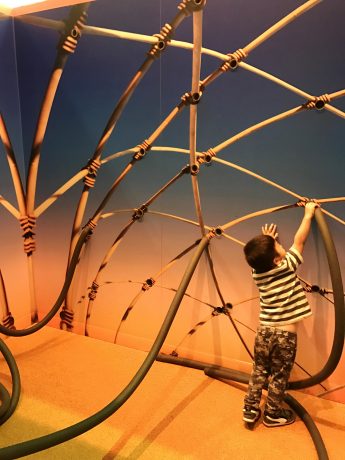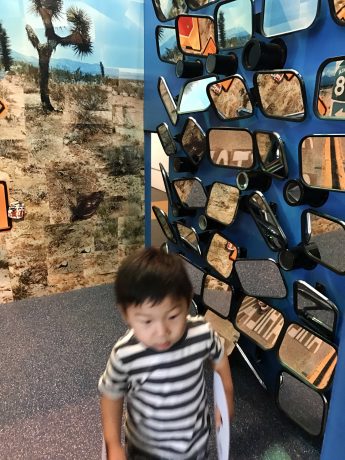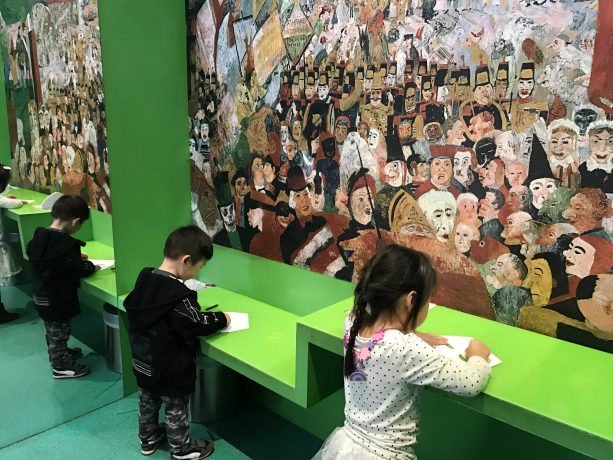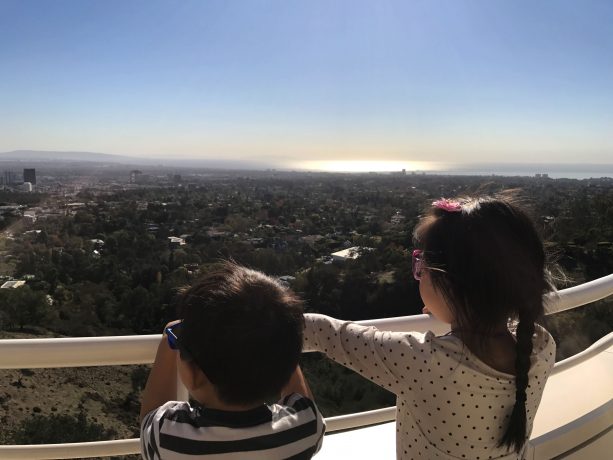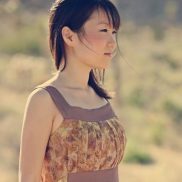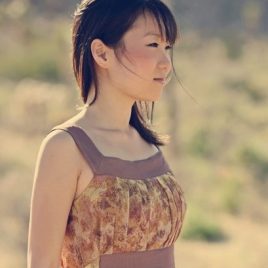The Getty Center is like a mirage, a vision of a better place atop a hill only minimally visible from the usually chokingly congested I 405 Freeway in Los Angeles. The gorgeous structures are only accessible via cable pulled funicular or uphill travelling tram - which makes it ever more alluring. MuSEEum Kids were so excited to visit a museum as always but they didn’t realize the extent of the beauty until we arrived. It fully encompasses what I appreciate about museums with something always new to discover, so it remains one of my personal favorite museums, ever.
The Getty Center is one of two locations run by the Getty Trust, the world’s largest cultural and philanthropic organization dedicated to visual arts. They have four programs – The Getty Conservation Institute which focuses on art and cultural heritage conservation, The Getty Foundation which spearheads grant initiatives, The J. Paul Getty Museum, and the Getty Research Institute to further art history research. The Getty Center and the Getty Villa draws in 1.8 Million visitors annually. It is one of the most visited museums in the United States. The Center was designed by architect Richard Meier. Having undergone an over 10-year process of designing, permitting and building the center finally opened in 1997 with $1.3 billion spent on the project. Additional renovations and extensions have happened since as well. It center is home to pre-20th century works including European paintings, drawings, illuminated manuscripts, 19th and 20th century American, Asian, and European photographs, a wide collection of outdoor sculptures, fountains and several gardens including the main garden designed by the American installation artist Robert Irwin. Some notable works in their collections include Irises by Vincent Van Gogh, Arii Matamoe by Paul Gauguin and Halberdier by Pontormo.
As we arrived, my now 5 year old daughter who loves a nice view cried out “WOW! Look at the view!!”. The iconic view is most likely more than half the reason most of the visitors come to the Getty. It’s truly picturesque – not only are the hills and sprawling city landscape below in sight but the Pacific Ocean shore far out beyond is clearly visible.
We definitely had to make our journey through the European paintings galleries as well as the Rembrandts. The kids were especially interested in learning about the process of portrait drawings and did not want to leave the multimedia stations. It was nice to see how they were really understanding and appreciating the videos. We walked through the sculptures galleries interpreting what we saw – my son broke out in giggles whenever there was a nude and felt the need to point out the private parts of each figure. Some of my son’s favorites naturally included action scenes and animal depictions by Goya, asking about blood whenever seen. My daughter was drawn to portraits showcasing vibrant colors and gowns, like the Portrait of Leonilla by Winterhalter and Van Gogh’s Irises. She was especially absorbed in a slideshow media feature about the processes of creating fine art pastels – asking me to explain each photo as she flipped through with devoted interest. The kids and my husband played a game of “I-Spy” while taking a bench break, taking turns with the kids guessing colors and forms they noticed in paintings in front of them.
The Family Room was a great mid-point of our trip, and was the perfect space for the kids to explore and create freely. Although small, the room consisted of various stations which featured activities in relation to different artwork styles and specific pieces. I liked how the spaces tied in the specific art into an interactive play that every kid can understand. Over 70 peepholes which is part of a scavenger hunt for older kids was engaging as each hole reveals a detail from works of art found at the Getty. Other activities include decorating a giant Illuminated Manuscript, creating masks, and making a tube sculpture.
The idea of a Sketching Gallery was quite exciting for me, as I will take any opportunity I can get to make art and feel instantly euphoric from the experience. The room was quiet and was quite literally an extension of a gallery space with a table and some benches, which was wonderful. We immediately took our places on the artist’s benches and were given paper and a set of charcoal, pencils and art sticks from the docents. It was so refreshing to feel like a student again, copying the masters’ works. Although my 2 year old son created his own masterpiece, it was definitely amazing seeing how my daughter interpreted the same figure I was working off of in her own way with exaggerated muscles and other details that she found more interesting than others. I loved how this space was allowing people to experience how artists have trained through history – by sketching in museums and copying artwork to train their hands and learn techniques.
All types of folks were enjoying picnicking and laying out by the museum’s lawns and gardens. It’s a scene that is rare in LA, not only because of its driving culture, but because of the widely-spread geography of the city. Los Angeles, although extremely diverse, lacks completely in places where the diverse converge. There is so much distance in between the pockets of communities which encompass certain ethnicities or socio economic groups. I wished LA had more of the type of scene that was present at that moment at the Getty, but I suppose the uncommon is what makes it so special. We enjoyed running and rolling down the hills and having some snacks of our own while taking it all in. The gardens were just as beautiful as I remembered, and with the sun about to set for the day the orange hues in the sky beginning to show made it even more magical. I could imagine that if we lived closer we would be frequent visitors.
